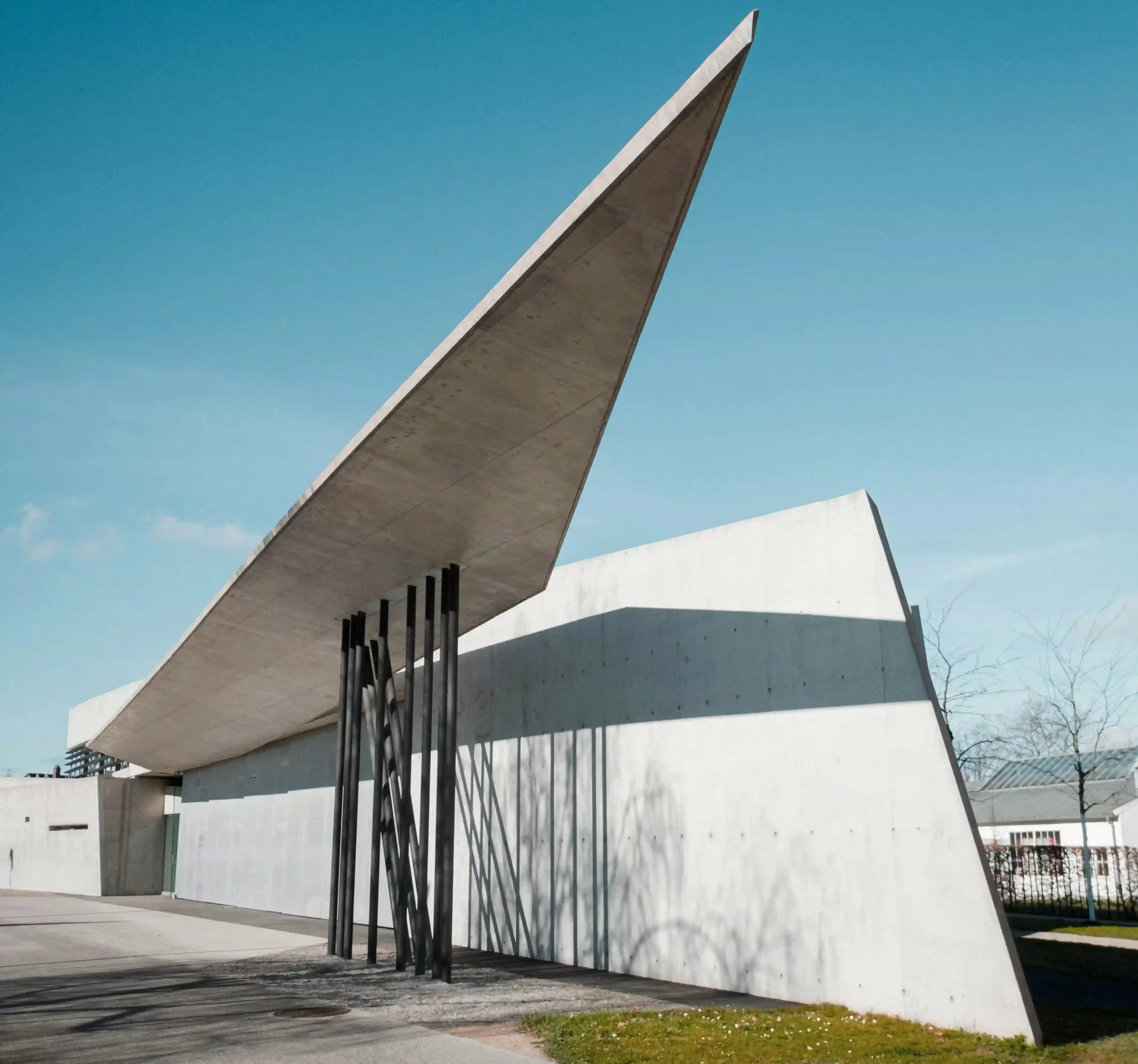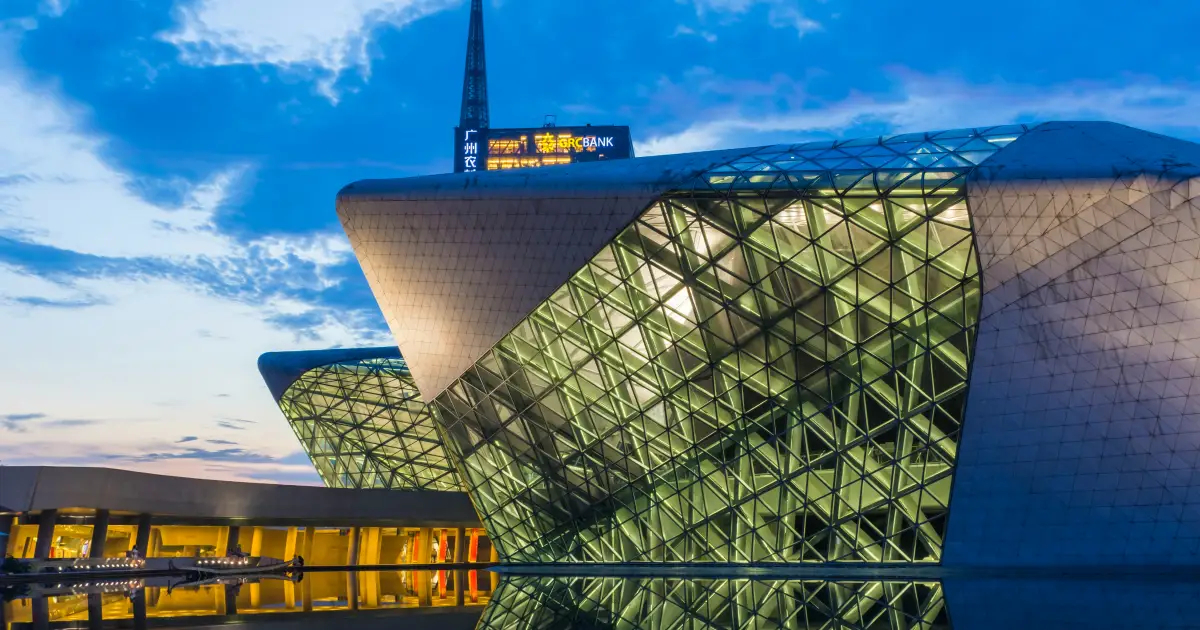In the olden days, the architecture industry could be described as an industry ruled by men. That is, until a woman came along to break the ice – Zaha Hadid, one of the influential icons in architecture, Hadid’s work is a testament to the power of imagination and the relentless pursuit of the extraordinary.
Perhaps you don’t know much about the designer, so here we explore the life and major works of Zaha Hadid. Delve into the architectural marvels she left behind and the distinctive design features of her work. Let’s journey into a genius’s mind and discover the world through Zaha’s eyes.
Zaha’s life in architecture
Zaha Hadid was born in 1950 to a wealthy family in Baghdad, Iraq. The good family atmosphere gave her access to a first-class education and later studied math in Lebanon. It wasn’t until 1972 that she moved to London and began studying at the Architectural Union College, starting her life in the construction industry. Despite the challenges and the fact that Zaha was the only woman in a male-dominated field, her determination knew no bounds, and in 1979 she set up her firm, Zaha Hadid Architects.

Zaha Hadid’s major works
Zaha Hadid’s portfolio is a constellation of masterpieces that shine across the globe. Each building is a story of innovation and creativity. Some of them are highly personal and represent her unique style.
Fire station in Vitra, German
Located on the banks of the Rhine River in Germany, the building was Zaha’s first completed work and can be seen to have a strong surrealist style. From the outside, it looks like several flat surfaces have been put together, but the lines have a sense of flow and a minimalist design. Its deconstructed forms, sharp angles and dynamic lines challenge traditional notions of architecture. This is the first time her work has been seated from paper to reality, and it has a special meaning in Zaha’s work.

Contemporary Art Center, Cincinnati, USA
The Contemporary Art Museum in Cincinnati, the first building Zaha designed in the United States. And it brought her two awards, including the Royal Institute of British Architects. The whole building looks like an arrangement of different squares, which represents the Contemporary Art Museum very well, where you can find works of art from different cultures and philosophies and blend them perfectly. The design of the glass curtain walls and the urban carpet connects the exterior to the building, inviting visitors to explore and engage with the works of art.

Guangzhou Opera House, China
Zaha’s studio has many works in China, and the Guangzhou Opera House is the first, which is also one of the top ten opera houses in the world. The thematic architecture of the Guangzhou Opera House is in black, white, and gray tones, where you can’t find vertical columns and walls. It is all irregular geometric design, which fully demonstrates Zaha’s wild imagination. It is not only a space for holding performances, but also a space for self-performance, where every line and every shadow tells a story.

MAXXI Museum, Italy
The MAXXI Museum in Rome is a steel and glass building that houses a collection of contemporary Italian art. The success of this building earned Zaha the British Stirling Prize in 2010. The museum also uses black, white and gray as its main colors, abandoning superfluous walls and using skylights to bring in natural light. The black staircase brings in flowing lines and gives the museum a sense of dynamism. Its design is a dance of light and shadow, a visual feast that changes as the sun moves.

Her architectural design features
From the architectural examples above, it is easy to see Zaha’s design style: bold shapes, flowing lines, and geometric structures. In her early work, many thought it was simply impossible to realistically build, but a series of subsequent buildings proved her designs. Her architecture is not only structures but sculptures, works of art that interact with their environment and the people who experience them.
Conclusion
Zaha Hadid is undoubtedly a very good architect, able to prove herself with great work even when discriminated against and doubted. Her architecture is not just about places, it is about experiences, and stories told in concrete and glass. They shatter expectations and push the boundaries of architecture. Though she is no longer with us, Zaha’s life and work remind us. The world is not static, but a canvas waiting for us to bring it to life with our imagination.


